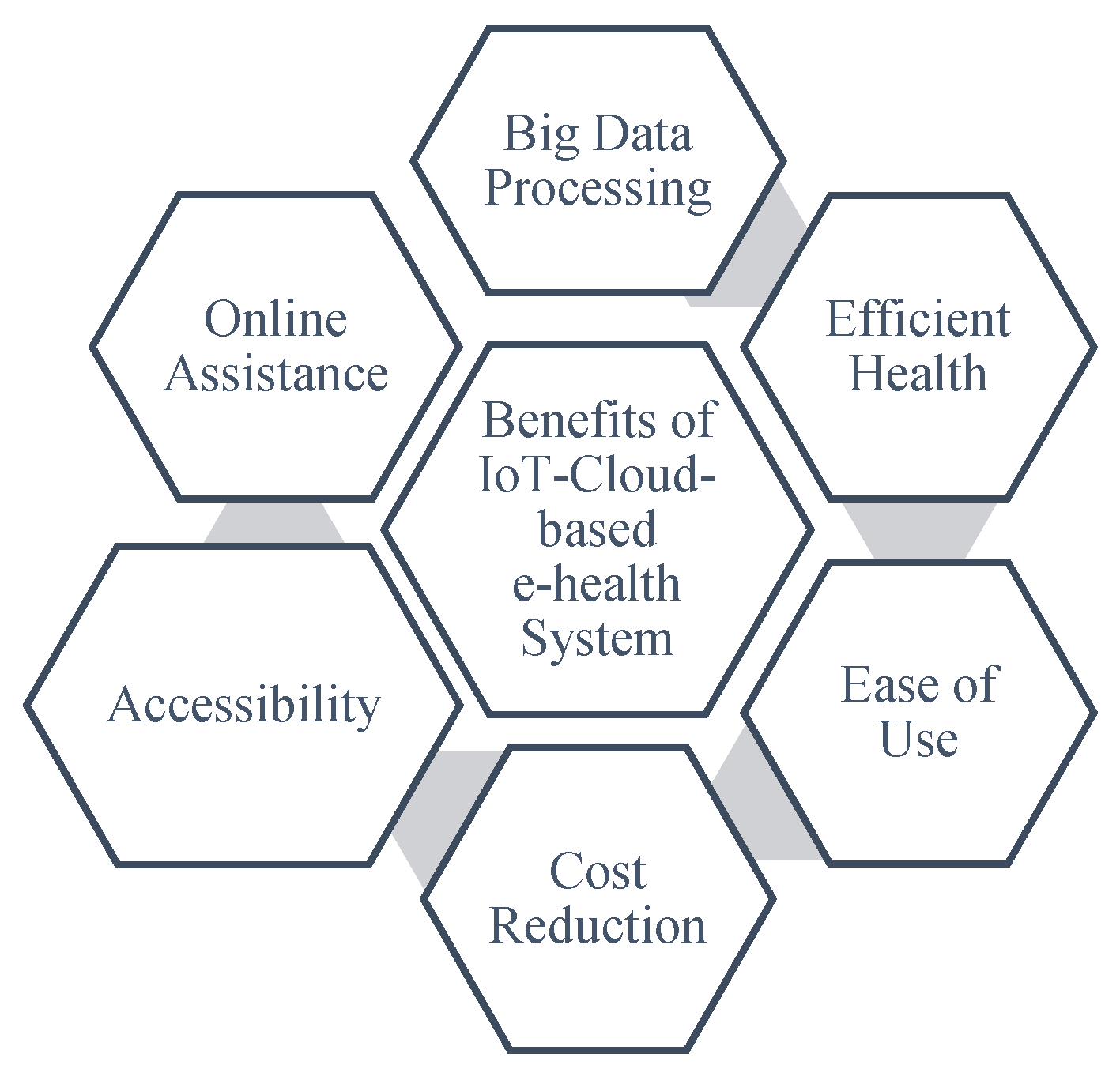Containerized cloud architecture has emerged as a game-changing technology in the world of computing. With its ability to streamline application deployment, increase scalability, and enhance resource utilization, it has become a buzzword in the tech industry. In this article, we will explore the concept of containerized cloud architecture, its benefits, and how it is revolutionizing the way businesses operate in the digital era.
Understanding Containerization
Containerization is a technique that allows applications to run in isolated environments known as containers. These containers encapsulate all the necessary components required to run an application, including the code, runtime, system tools, and libraries. This eliminates any dependencies on the underlying operating system, making it easier to deploy applications across different environments.
The Role of Containers
Containers play a crucial role in containerized cloud architecture. They provide a lightweight and portable solution for packaging applications along with their dependencies. By encapsulating all the necessary components within a container, developers can ensure that their applications run reliably and consistently across various computing environments.
Containers achieve this by leveraging containerization technologies such as Docker or Kubernetes. These technologies enable developers to create, deploy, and manage containers efficiently, eliminating the need for complex configuration and setup processes.
Containerization vs. Virtualization
It is important to distinguish containerization from traditional virtualization technologies. While virtualization involves running multiple virtual machines on a single physical server, containerization allows for multiple containers to run on a single operating system instance.
Virtual machines require a complete operating system to run, resulting in higher resource requirements and longer startup times. In contrast, containers share the host operating system and leverage its resources more efficiently, leading to faster startup times and better resource utilization.
The Advantages of Containerized Cloud Architecture
Containerized cloud architecture offers several advantages over traditional computing models. Firstly, it enables faster application deployment by providing a consistent and portable environment. Developers can package their applications into containers and deploy them across multiple cloud platforms without worrying about compatibility issues.
Portability and Compatibility
One of the key advantages of containerized cloud architecture is its portability and compatibility. Containers encapsulate all the necessary components, including the application code, libraries, and dependencies. This means that the same containerized application can be deployed on different platforms, such as public clouds, private clouds, or on-premises data centers, without any modifications.
Furthermore, containers provide a consistent environment for applications to run, regardless of the underlying infrastructure. This eliminates the “it works on my machine” problem that often arises in traditional computing models, where applications may behave differently in different environments. With containerization, developers can ensure that their applications run consistently across various computing environments.
Resource Utilization and Scalability
Containerization allows for better resource utilization compared to traditional computing models. Containers are lightweight and require fewer system resources compared to virtual machines. This means that more containers can be deployed on the same physical machine, leading to improved efficiency and cost savings.
Additionally, containerized cloud architecture offers seamless scalability. Containers can be easily replicated, allowing businesses to handle increased workloads without any downtime. This scalability makes it ideal for businesses that experience seasonal or unpredictable spikes in demand, as they can quickly scale their applications up or down based on demand.
Flexibility in Infrastructure
Another advantage of containerized cloud architecture is its flexibility in terms of infrastructure. Applications can be deployed on any cloud provider or on-premises data center, giving businesses the freedom to choose the most suitable environment for their needs.
Container orchestration platforms such as Kubernetes further enhance this flexibility by providing tools for managing and scaling containerized applications across multiple environments. With the ability to easily move containers between different infrastructure providers, businesses can avoid vendor lock-in and take advantage of the best features and pricing options available in the market.
Scalability and Flexibility
One of the key benefits of containerized cloud architecture is its ability to scale applications effortlessly. Containers can be easily replicated, allowing businesses to handle increased workloads without any downtime. This scalability makes it ideal for businesses that experience seasonal or unpredictable spikes in demand.
Horizontal Scaling
Containerized cloud architecture enables horizontal scaling, where multiple instances of an application can be created and distributed across different containers. This allows businesses to handle increased traffic and workloads by distributing the load across multiple containers and instances.
Horizontal scaling offers several advantages over vertical scaling, where a single instance of an application is scaled up to handle increased traffic. With horizontal scaling, businesses can achieve higher levels of scalability and availability, as well as better fault tolerance. If one container or instance fails, the workload can be automatically shifted to another container or instance, ensuring uninterrupted service.
Elasticity and Auto-scaling
Containerized cloud architecture also enables elasticity and auto-scaling. Elasticity refers to the ability to automatically adjust resources based on demand. With containerization, businesses can set up auto-scaling rules that automatically add or remove containers based on predefined metrics such as CPU utilization or network traffic.
This ensures that businesses only pay for the resources they need, as containers can be automatically scaled up during peak demand and scaled down during periods of low demand. This elasticity allows for efficient resource allocation, cost savings, and optimal performance.
Improved Security and Isolation
Containerized cloud architecture offers enhanced security through isolation. Since each container runs in its own isolated environment, any vulnerabilities or breaches are contained within that specific container, minimizing the impact on the overall system. This isolation also ensures that different applications or services do not interfere with each other, leading to a more secure and stable environment.
Isolation and Multi-tenancy
Containerization provides a level of isolation that enhances security by preventing the spread of vulnerabilities. Each container runs in its own isolated environment, with its own file system, network stack, and process space. This isolation ensures that even if one container is compromised, the attacker cannot easily move laterally to other containers or the underlying host system.
Additionally, containerization enables multi-tenancy, where multiple applications or services can run on the same physical infrastructure without interfering with each other. This allows businesses to achieve better resource utilization while ensuring the security and stability of each application or service.
Simplified DevOps Processes
Containerization simplifies the DevOps processes by providing a consistent and reproducible environment for development, testing, and production. Developers can focus on writing code without worrying about the underlying infrastructure, as containers abstract away the complexities of the operating system and dependencies. This speeds up the development lifecycle and promotes collaboration between development and operations teams.
Continuous Integration and Deployment
Containerization aligns well with the principles of continuous integration and deployment (CI/CD). With containers, developers can create standardized environments that ensure consistent testing and deployment processes. This allows for faster and more reliable software releases, as containers can be easily deployed across different environments without the need for extensive configuration or setup.
Furthermore, containers facilitate collaboration between development and operations teams. Developers can package their applications into containers that contain all the necessary dependencies, configurations, and environment variables. Operations teams can then deploy these containers onto the desired infrastructure using container orchestration platforms, streamlining the deployment process and reducing the potential for errors.
Challenges and Considerations
While containerized cloud architecture offers numerous benefits, it is essential to consider the challenges associated with its implementation. These include managing container orchestration, ensuring security within the container environment, and optimizing resource allocation. However, with the right tools and strategies, these challenges can be overcome, and organizations can fully leverage the power of containerization.
Container Orchestration
Container orchestration involves managing and coordinating containers across a distributed infrastructure. While container orchestration platforms like Kubernetes simplify this process, it still requires careful planning and configuration. Organizations need to determine the optimal number of containers, their resource requirements, and how they should be distributed across different nodes or clusters.
Additionally, organizations need to consider the scalability and high availability of their container orchestration platform. This involves setting up replication controllers, implementing load balancing, and ensuring that containers can be automatically rescheduled in case of failures or resource constraints.
Security and Compliance
Ensuring security within the container environment is crucial, as a compromised container can potentially impact the entire system. Organizations need to implement security measures such as container image scanning, vulnerability management, and access control to mitigate the risks associated with containerization.
Furthermore, organizations need to consider compliance requirements when deploying containerized applications. They should ensure that proper security controls are in place, and that sensitive data or applications are adequately protected. Regular audits and monitoring of containerized applications can help identify and address any potential security vulnerabilities or compliance issues.
Resource Allocation and Monitoring
Optimizing resource allocation is another challenge in containerized cloud architecture. Organizations need to ensure that containers have sufficient resources to run efficiently without being over-provisioned. This involves monitoring resource usage, setting resource limits, and implementing auto-scaling mechanisms to handle fluctuating workloads.
Monitoring is also critical for identifying performance bottlenecks or resource constraints. Organizations should implement monitoring and logging solutions that provide insights into container performance, resource utilization, and applicationerrors. This allows for proactive troubleshooting and optimization of containerized applications.
Real-world Use Cases
Containerized cloud architecture has found widespread adoption across various industries. From e-commerce platforms handling high traffic to large-scale data analytics applications, containers have proven to be a reliable and efficient solution. Companies like Google, Netflix, and Airbnb have successfully embraced containerization to improve their scalability, reliability, and overall performance.
E-commerce and Retail
E-commerce platforms often experience high traffic and seasonal spikes in demand. Containerized cloud architecture allows them to handle increased workloads by scaling their applications horizontally. Containers can be easily replicated to handle the increased demand, ensuring a smooth shopping experience for customers. Additionally, containers offer flexibility in terms of deploying applications on different cloud providers or on-premises data centers, enabling businesses to adapt to changing market dynamics.
Big Data and Analytics
Containerization is well-suited for big data and analytics applications, which require the processing of large volumes of data. Containers provide a consistent and scalable environment for running analytics workloads, allowing businesses to easily scale their processing capabilities based on demand. With container orchestration platforms like Kubernetes, organizations can efficiently manage and distribute data-intensive workloads across multiple containers, ensuring optimal performance and resource utilization.
Microservices Architecture
Microservices architecture has gained popularity due to its ability to break down complex applications into smaller, decoupled services. Containerization aligns well with the principles of microservices, as each microservice can be packaged into its own container. This allows for independent development, deployment, and scaling of individual services, providing greater flexibility and agility. Container orchestration platforms further facilitate the management and coordination of microservices, ensuring seamless communication and scalability.
Hybrid and Multi-cloud Environments
Containerized cloud architecture is particularly beneficial for organizations operating in hybrid or multi-cloud environments. Containers provide a consistent deployment model that can be easily replicated across different cloud providers or on-premises infrastructure. This allows businesses to leverage the strengths of different cloud providers, optimize costs, and avoid vendor lock-in. Container orchestration platforms enable the seamless management and portability of containers across different environments, simplifying the management of complex hybrid or multi-cloud deployments.
Future Trends and Innovations
The future of containerized cloud architecture looks promising, with ongoing innovations and advancements. The rise of Kubernetes, an open-source container orchestration platform, has played a significant role in the widespread adoption of containerization. Additionally, the integration of artificial intelligence and machine learning technologies with containerization is expected to further enhance the efficiency and automation of container management.
Serverless Computing
Serverless computing, also known as Function-as-a-Service (FaaS), is a paradigm that allows developers to focus solely on writing code without the need to manage infrastructure. Containers can serve as the underlying technology for serverless computing, enabling the rapid deployment and execution of functions in isolated environments. The combination of containers and serverless computing offers a highly scalable and cost-effective solution for running event-driven applications.
Edge Computing
Edge computing, which involves processing data closer to the source rather than in centralized data centers, is gaining momentum with the proliferation of Internet of Things (IoT) devices. Containers can play a crucial role in edge computing by providing a lightweight and portable solution for running applications at the edge. Containers enable the deployment of microservices or containerized applications directly on edge devices, allowing for real-time processing and reduced latency.
Artificial Intelligence and Machine Learning
The integration of artificial intelligence (AI) and machine learning (ML) technologies with containerization is set to revolutionize the way organizations leverage data and build intelligent applications. Containers provide a consistent and reproducible environment for running AI and ML workloads, facilitating the deployment and scaling of models across different environments. This enables organizations to efficiently train and deploy AI models, accelerating the development of intelligent applications.
Best Practices for Containerized Cloud Architecture
To ensure a successful implementation of containerized cloud architecture, organizations should follow certain best practices. These practices help optimize performance, security, and resource utilization, while minimizing potential risks and challenges.
Container Image Management
Effective container image management is crucial for maintaining security and consistency. Organizations should establish a container registry to store and manage container images. This ensures that only approved and verified images are used, reducing the risk of deploying vulnerable or compromised containers. Regular scanning and updates of container images can help address any security vulnerabilities or software vulnerabilities that may arise over time.
Monitoring and Logging
Monitoring and logging are essential for gaining visibility into containerized applications and infrastructure. Organizations should implement monitoring and logging solutions that provide insights into container performance, resource utilization, and application errors. This allows for proactive troubleshooting, optimization of resource allocation, and identification of potential security breaches.
Version Control and Rollbacks
Version control is critical for managing containerized applications and ensuring traceability. Organizations should implement version control systems and processes to track changes to container images, configurations, and dependencies. This enables easy rollbacks to previous versions in case issues arise during deployment or updates. Version control also promotes collaboration and repeatability, as different teams can work on different versions of the same containerized application.
Security and Access Control
Containerized cloud architecture requires robust security measures to protect against potential threats. Organizations should implement access controls and authentication mechanisms to ensure that only authorized personnel can access and modify containers. Additionally, encryption of data at rest and in transit, as well as regular security audits, can help safeguard sensitive information and identify potential vulnerabilities.
Embracing the Containerized Future
Containerized cloud architecture is transforming the way businesses build and deploy applications. Its ability to provide scalability, efficiency, and security makes it an indispensable technology in the digital age. By embracing containerization and following industry best practices, organizations can stay ahead of the curve and unlock the full potential of the containerized future.
Containers offer a standardized and portable solution for application deployment, enabling businesses to scale their applications seamlessly, leverage multiple cloud providers, and improve resource utilization. The flexibility and agility provided by containerization empower organizations to adapt to changing market dynamics and deliver high-quality applications at a faster pace.
As containerization continues to evolve and integrate with emerging technologies such as serverless computing, edge computing, and AI/ML, the possibilities for innovation and efficiency in the cloud computing landscape are boundless. By staying informed about the latest trends, adopting best practices, and embracing a containerized mindset, businesses can future-proof their infrastructure and thrive in the rapidly evolving digital landscape.



